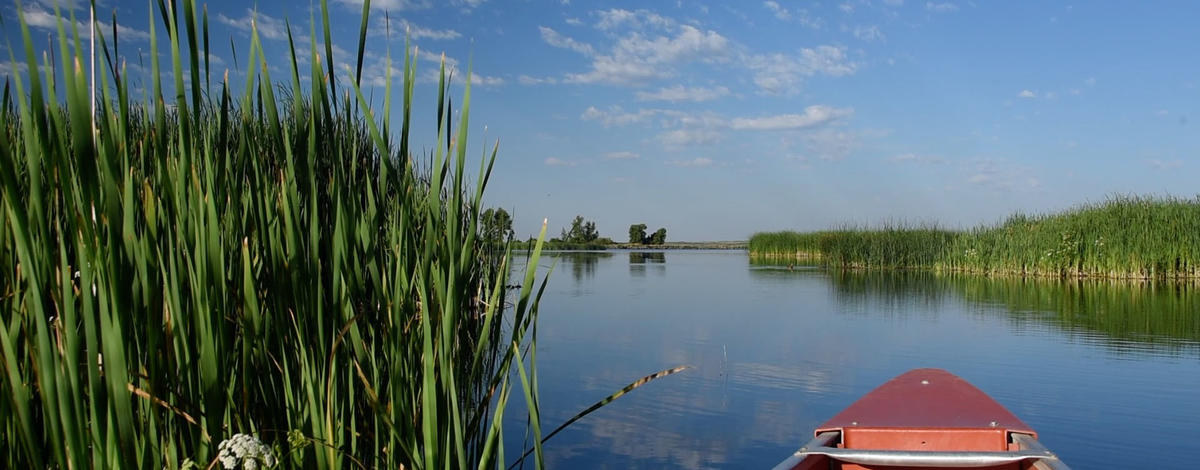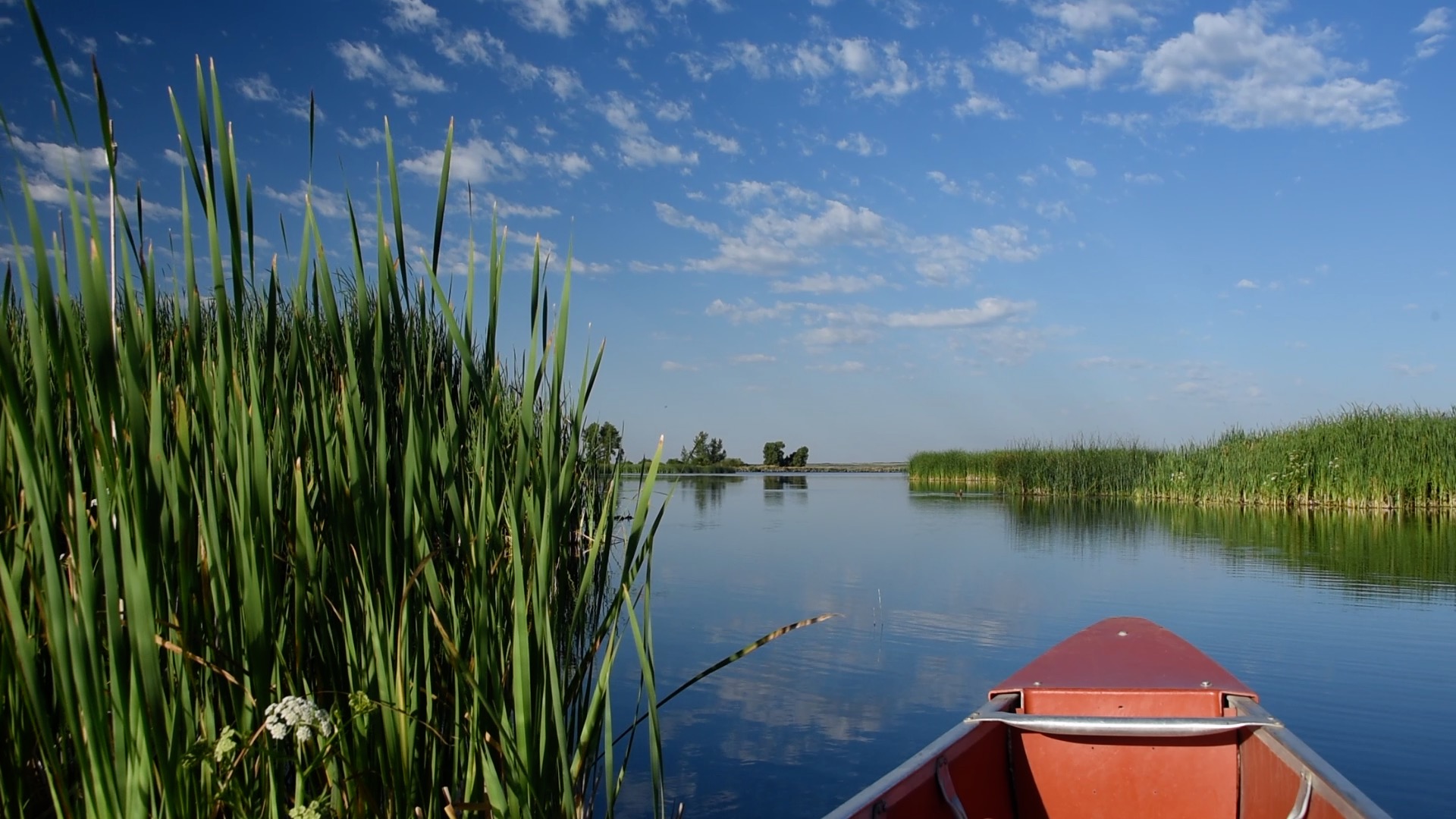The Sand Creek WMA was created in 1947 with the purchase of a 4,763-acre parcel to help perpetuate a small herd of elk that wintered on the property. Over time Idaho Fish and Game purchased additional properties and entered into agreements with federal and state land management agencies to manage a total of 32,489 acres.
Today the primary purpose of the WMA is to provide winter refuge for migratory deer, elk and moose from surrounding high-elevation public lands including Yellowstone and Grand Teton National Parks. Use varies from year to year, but approximately 2,500 mule deer, 3,500 elk and 500 moose winter across the greater Sand Creek desert. The WMA’s conservation target species, which help guide management, include elk, greater sage-grouse, trumpeter swans, and breeding waterfowl.
Sand Creek WMA encompasses diverse ecosystems, spanning 22 miles in length from montane lodgepole pine, Douglas-fir and aspen forests along Big Bend Ridge on the north, to semi-arid sagebrush steppe across Sand Creek desert to the south, to riparian/wetland habitat on Chester Wetlands subunit along the Henrys Fork of the Snake River to the east.
Sand Creek WMA also plays a critical role in providing habitat to native upland species. Its high-quality sagebrush steppe has traditionally been some of the best Greater Sage-grouse habitat in the state. Most of Sand Creek WMA lies within “Core Habitat” outlined by the State Governor’s Plan. Additionally, Columbian sharp-tailed grouse are found in the native grasslands, aspen stands, and chokecherry lava flows throughout the WMA.
The Sand Creek ponds section is very popular with recreationists. Construction of the Sand Creek ponds began in the late 1950s to provide open water and wetland habitat for waterfowl and other wetland dependent wildlife. In 1968, fish were stocked in these bodies of water to provide a fishery, and today anglers can catch rainbow and brook trout. This section of the WMA also provides fishing, boating, camping, hiking, hunting, birding, and horseback riding opportunities.
The Chester Wetland section consists of 1,498 irrigated acres. Wetlands cover 762 of these acres and provide important nesting and migration habitat for waterfowl and other waterbirds. Chester Wetlands also supports moose, elk, white-tailed deer, Columbian sharp-tailed grouse, and sandhill cranes.
The St. Anthony Sand Dunes is one of the most unique features in the area. These active dunes are remnants of the prehistoric Mud Lake. The sand dune complex is approximately 11,000 acres. Directly abutting the sand dunes to the north are North and South Juniper Mountains, which are the heart of the winter range for migrating elk, mule deer and moose. Recreation on the Sand Creek desert is seasonally closed from January 1 – April 1 to reduce impacts to wintering wildlife. (See Egin-Hamer Winter Closure Map)
Federally Threatened and Idaho Species of Greatest Conservation Need occurring on Sand Creek WMA include: Ute-ladies’ tresses orchid, Greater-Sage grouse, Columbian Sharp-tailed grouse, sandhill crane, Trumpeter Swans, Grizzly bear, St. Antony Sand dune Tiger beetle, Myotsis Guild, Townsend’s Big-eared bat, Wilson’s Phalarope, Long-billed curlew, Brewer’s Sparrow, Bald Eagle, Northern Goshawk, Northern Leopard frog. The diversity of special status species dependent on the WMA reinforces its value in the surrounding landscape.


